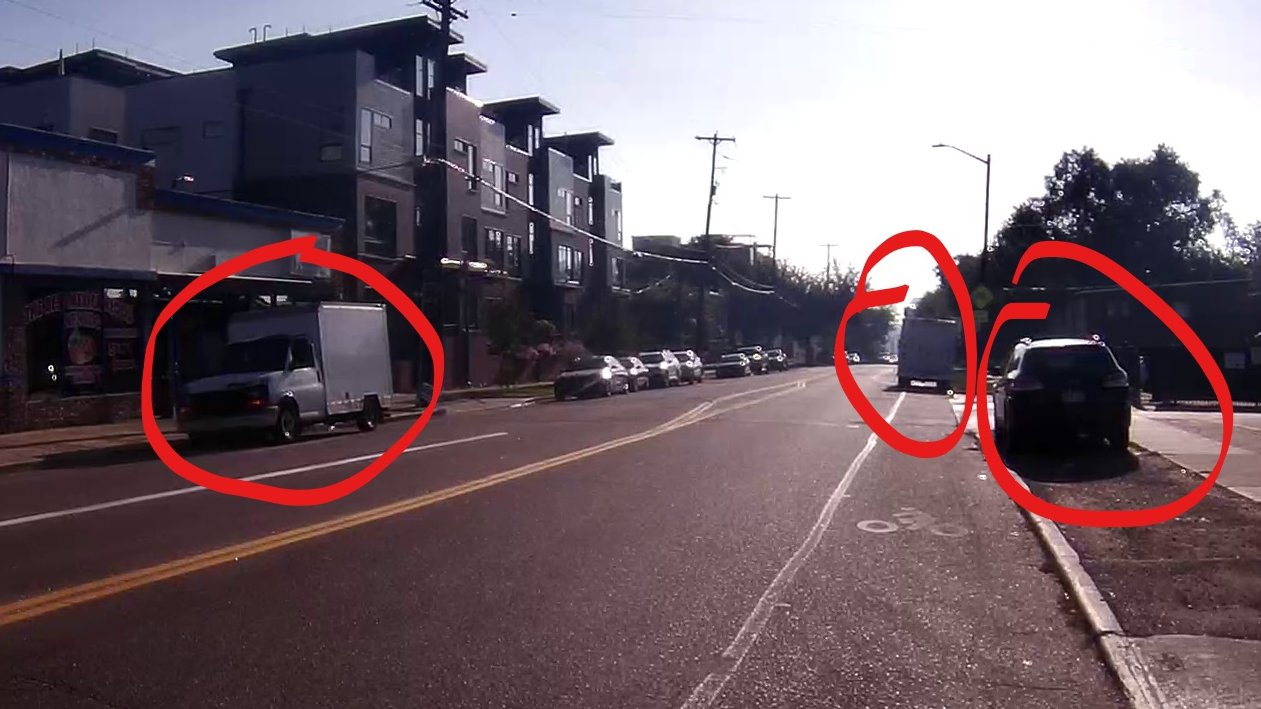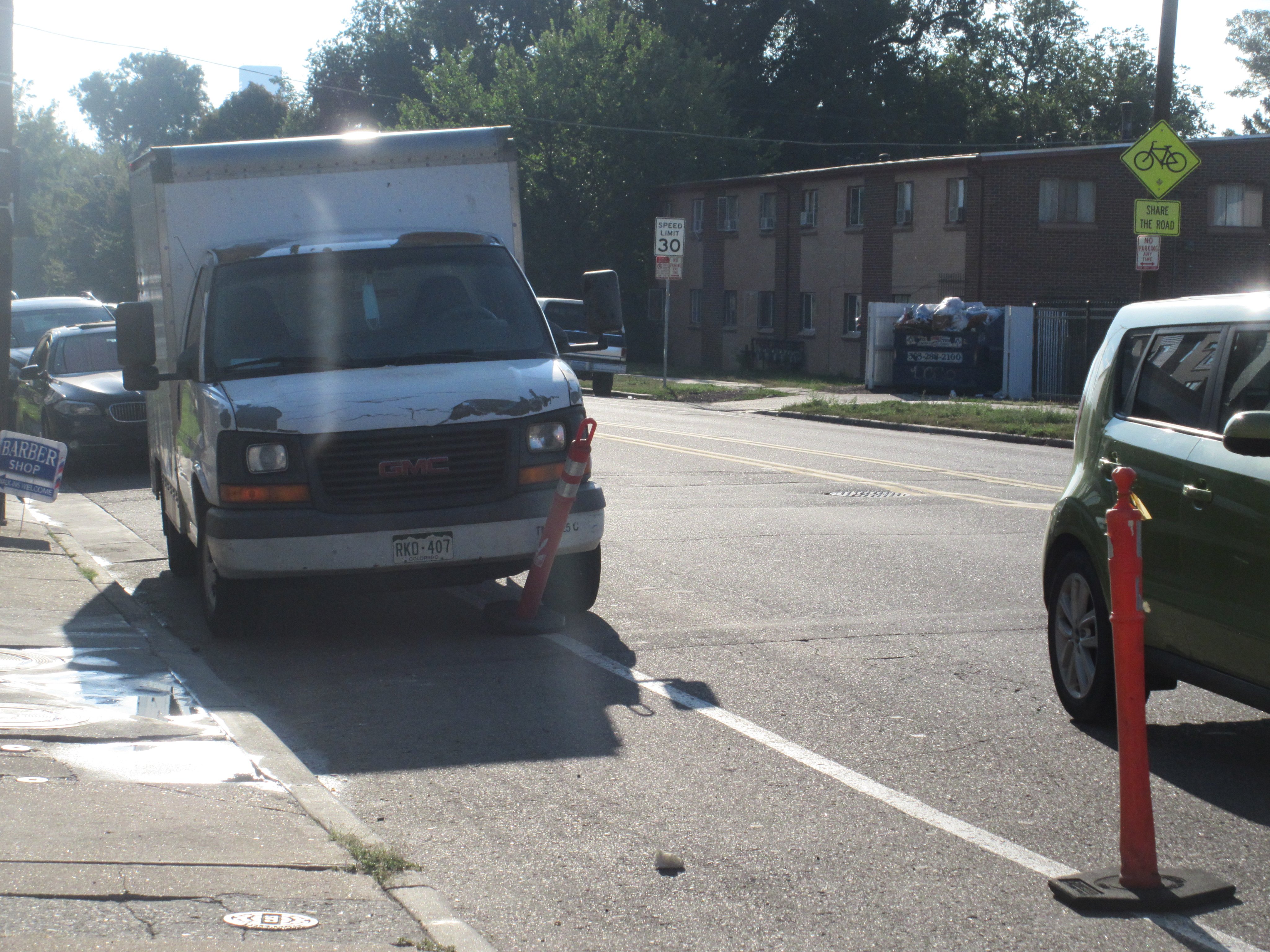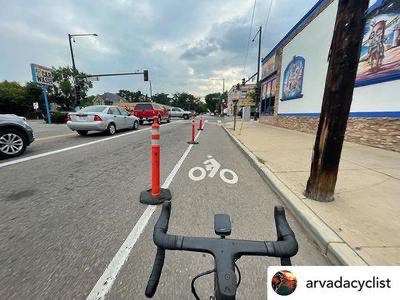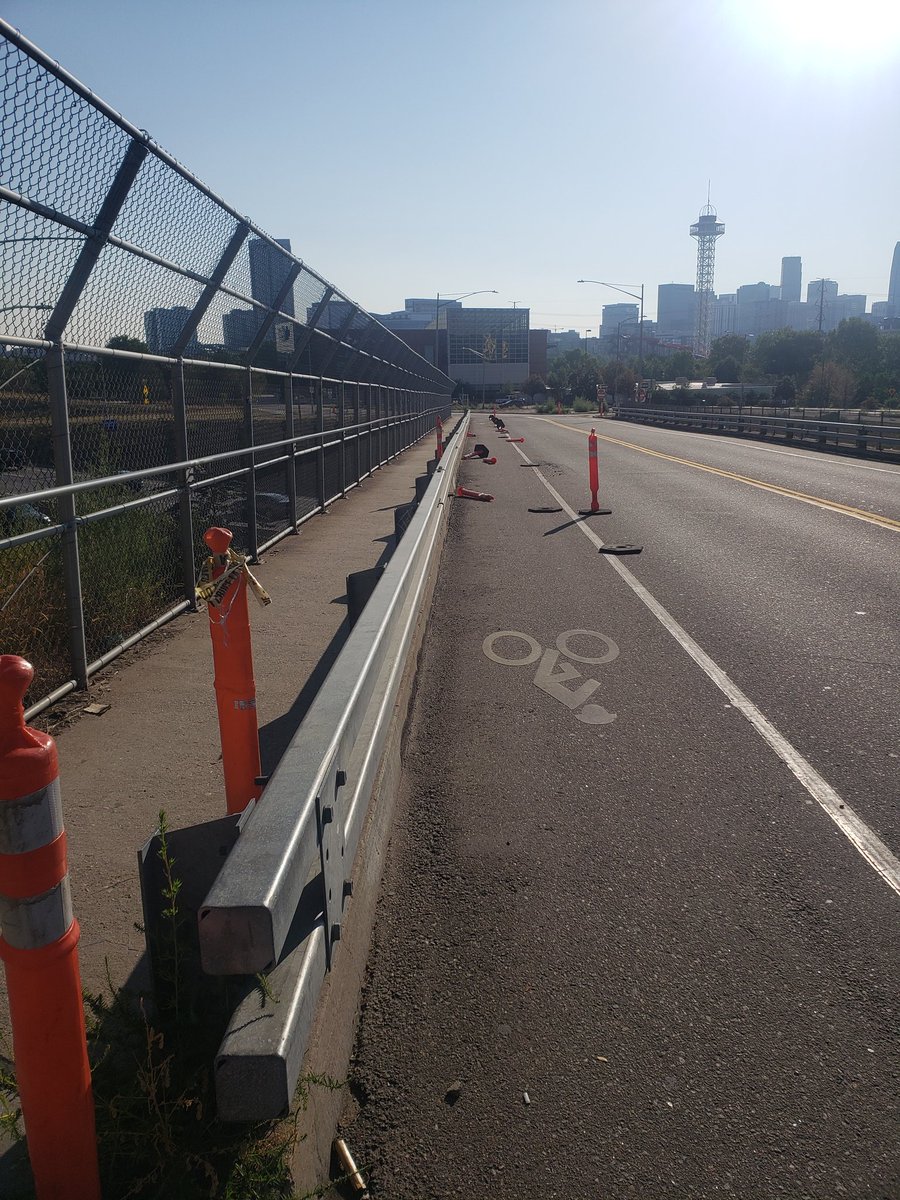I can’t believe 2023 is over and we’re already well into 2024. Recapping 2023, the most significant interventions we participated in were the Mayoral Transition process, including drafting the Transportation and Infrastructure Transition Report, and fielding candidates for the executive directorship of DOTI; riding in and celebrating ¡Viva! Streets; fighting for bike infrastructure, both in the physical sense like showing up for the 7th Ave. Bikeway, and also in the policy sense, spearheading the effort to restore funding to Vision Zero and Safe Routes to School. We also selected a new Denver Bicycle Mayor, distributed food, medicine, and clothing to migrants and refugees who have arrived in the coldest months of the year, and more.
Denver has been receiving busloads of migrants (mostly Venezuelan economic refugees) from states like Texas, where the governor is weaponizing their plight by sending them to “sanctuary cities” in some kind of interstate one-upmanship. They arrive with no warning, no coordination, and often with no idea of where precisely they are. As a result, they come here totally unprepared for the environment. What really gets me is seeing the children at the camps. Denver has been housing most arrivals in hotels-turned-shelters, but once they time out they’re kicked out onto the street and thus makeshift tent camps have sprung up around them. One is very close to us, about a mile away and we’d been watching as the tents started to fill out the sidewalks in orderly lines. Our local community has stepped up to assist in amazing ways. Highlands Moms formed an ad hoc response group to deliver food, clothing, and medicine, as well as help guide the newcomers to available resources. They have truly gone above and beyond. Our family is part of the group, although we have been less active in recent years, but once I saw their call to action, I knew I had to help in some way, too. We had already collected winter clothes for a donation drive through a local high school, but we did another sweep of the house to gather more items. I emptied the spare toiletries drawer where I had stockpiled all my hotel shampoos and soaps from business trips pre-COVID. We found coats that we weren’t using anymore and children’s medicine that we didn’t need. I cooked a big pot of lentils and carrots and split it into plastic soup containers and piled all of this into the box bike to bring to the camp. The older kids rode their own bikes, the youngest on the Tern GSD, while I had the goods in the Yuba Supermarché. We were all a bit nervous going down, but I also wanted the kids to see the challenges these families were enduring so that their children could be educated in American schools and have a shot at the American Dream.
It was all a bit overwhelming. A church group had just arrived before us and were distributing 200 boxes of prepared meals. Piles of discarded (probably wrong season) clothes were piled by the sidewalks at different points. When folks began to realize we were distributing items, they started to come up to ask us what we had. Curious about my ethnicity, they asked my wife if I was Korean and when they learned I was ethnic Chinese, I started hearing a lot of, “¡Chino! ¡Chino!” as people gathered. It was clear there was a lot of need and not a lot of organization in the camp. Some children crept up, curious about us, but not being assertive like some of the adults. I handed one girl a bear-shaped bar of soap we had gotten as a souvenir from Yellowstone, and she showed it to her mom, smiling. When parents realized we had children’s medicine, you could see their eyes light up. The close quarters and lack of hygiene facilities meant respiratory diseases were tearing through the camp. I had my mask, but kept it down for most of the visit because I was so busy I forgot, and by nightfall I felt something in the back of my throat.
My Spanish is terrible, but my wife remembers her Spanish better, and being Filipina-American, she probably seemed more approachable, so she helped interpret and navigate the crowd for us. By the time most of our supplies had run out, we had rolled our way through the length of the camp. Later on, Councilwoman Amanda Sandoval announced that cars doing the same thing had almost hit a child in the street. We also had to deal with several cars trying to come up behind us and through the camp. Being on bike was much better. Since there was a lot of food distribution there already, we didn’t hand out the lentils. But as we started back up the hill towards home, we encountered a girl and her younger brother. We caught eyes and they double-backed to tell us they were hungry, miming rumbling tummies. We were able to give them most of the soup containers for their family of 5, plus some shredded queso, and spoons. The lentils were still quite warm, since I’d put them in an insulated bag. She was probably around the same age as my daughter and the boy about the same age as my older son. It was heart wrenching. They asked us if we were selling or giving (“¿Regala?”) the soup. We had to reassure them it was all a gift!
Then we had a new bike mayor. June Churchill is probably the first trans Bicycle Mayor in the United States, just by virtue of there being so few bike mayorships in this country. She has really been a driving force in our relationship with Council members and other policymakers. Her degree is in Astronomy, but her vocation is parsing budgets and guiding lawmakers through their own processes. She and Joel Noble were star players during the Council budget hearing public comment session and brought together a coalition of Council members to propose two amendments that would restore Vision Zero and Safe Routes to School funds, which had been inexplicably cut by $500,000 each when they were already woefully underfunded. She has been extremely effective in her role already, including being part of our international diplomatic corps meeting with the Dutch consul general and his entourage when they visited Denver.
She’s continued doing great things for DBL and biking in Denver, but some of that is still hush-hush. We’ve had amazing opportunities to interact with city leadership on issues we care deeply about and we have high hopes for continued high-level engagement. As we continue to build relationships throughout Mayor Johnston’s administration and beyond, I am confident June will be a driving force in getting effective change on the agenda. Go nerds!






















































